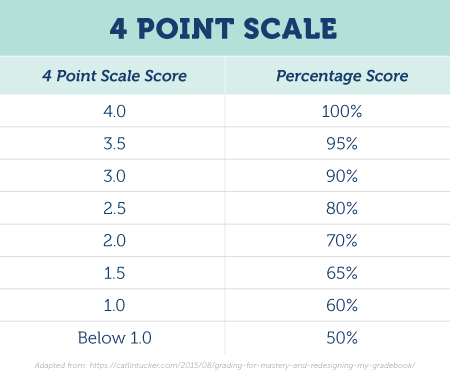If you’ve been a teacher for even a week, you know that the time demands are enormous. An article published by the Washington Post reports that teachers spend three to five additional hours per day completing tasks after they’ve finished teaching for the day, including grading student work.
Most teachers are quick to admit that time spent grading student work can be a major stressor. But it doesn’t have to be that way. Taking time to review your current grading practices can open up opportunities to streamline the process. Here are eight easy-to-implement strategies you can try to make your grading more efficient.
Grade Daily
Ungraded papers are like laundry. If neglected each day, the laundry piles up. Grading a small amount every day helps keep the workload low. Even if you just commit to just 20 minutes a day, your efforts will quickly accumulate to keep you on track. As an added bonus, students benefit from receiving feedback quickly after they finish an assignment, when the skill they’re being graded on is still fresh in their minds.
Create an Organization System
Keep ungraded papers together in one place that you can transport and access easily (e.g., an expandable file folder). Organize assignments by date, subject, and class to save you time when looking for specific ones. You can then focus on grading the oldest papers first to ensure nothing slips through the cracks.
Grade for Mastery
Instead of trying to determine point values for every assignment or part of an assignment, consider instead grading for mastery. Mastery for grading uses a four-point scale to signify whether students are demonstrating partial, simple, strong, or extraordinary understanding of the subject at hand. That way, you can focus on gauging whether your students are really learning the skills they need, which makes for not only smoother grading but also more meaningful feedback than an arbitrary percentage or letter grade. For grade reporting purposes, you can assign a percentage or point value to each level of the four-point mastery scale.

Automate Wherever Possible
For short feedback, you could use stamps or stickers to denote different levels of performance. For lengthy feedback, consider looking for ways to type your thoughts instead of writing it longhand. For example, you could type out feedback for several students’ papers, cut up the paper, and staple it on their papers. Typing also allows you to create “stock” feedback that you can copy and paste when you see the same issue come up on several students’ assignments.
Allow Peer Grading Using a Standard Rubric
Rubrics are handy for both you and your students. They break down the meaning of different point values and act as built-in feedback for students who are performing at different levels. For some assignments, students may be able to use rubrics to grade one another’s work, which will not only speed up the grading process for you but also help your students understand expectations.
Use Self-Assessment
According to an Edutopia article, self-assessment can be a powerful tool for students because it involves them in the evaluation process. They become aware of the expectations and improvement possibilities. Students can develop individualized plans to measure progress and learn to effectively discuss the assignment, evaluation, and individualized plan for improvement.
Schedule Assignments Carefully
If you’re assigning a project or large-scale task, consider breaking it up into smaller pieces and staggering the due dates. That way, you will be less overwhelmed grading smaller chunks and will be able to pace yourself so you can stay on schedule. In addition, students benefit from receiving feedback mid-project so they can make improvements for the next step.
Consider Not Grading Some Assignments
It may seem difficult to leave all or parts of an assignment ungraded. However, consider changing your perspective on whether a grade is really necessary for every task students perform. Is the purpose of the assignment to determine level of proficiency? Is it for practice? If an assignment is just for practice, a simple checkmark for completion may suffice. Or you might consider “spot-checking” an assignment, grading only a handful of practice math problems or grammar exercises to get an idea of whether the student has a grasp of the concept.






